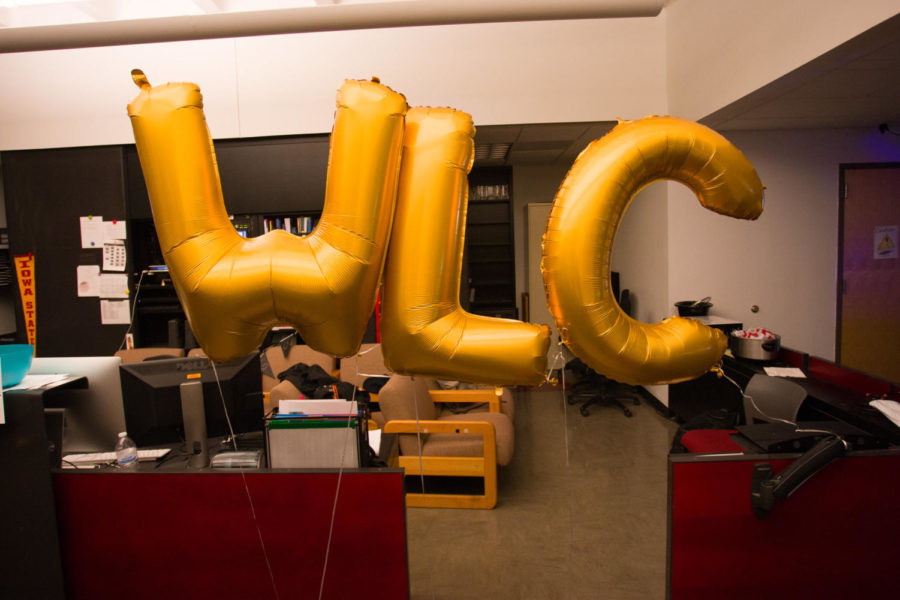World Languages and Cultures Department brings ‘Research Bites’
The two departments are linked in both their subject manner and faculty, and have been together since summer 2016.
February 14, 2018
Liberal Arts and Sciences week, or LAS week, brings opportunities for students to get involved with and learn about different parts of the College of Liberal Arts and Sciences.
During the Communications Day on Wednesday, the World Languages and Cultures (WLC) held a session that gave the opportunity for students to learn about the current research interests of professors in the department.
Entitled ‘Research Bites,’ this session gave students a new and more engaging way to learn about current research interest of three professors in the WLC department. This was the first timethe WLC department has held a session like this.
Using the style of Pecha Kucha, which is a form of presenting using 20 slides that are set to change every 20 seconds, professors were able to explain their research in a quick and simple way to students.
After each presentation, students were able to ask questions to get a more in-depth response about a part of the lecture they did not understand. This gave them an opportunity to discuss aspects of the lecture in a more personal way than normal lectures may not have the ability to.
Eugenio Matibag, a professor of Spanish and Latin American studies, started off the program with his research interest of the Spanish language and the history of the language’s movements through the world, especially in the Philippines.
Matibag explained how Spanish has been ‘a language of an empire,’ mentioning the many parts of the world that either speak Spanish as their first or second language. Matibag highlighted that, in the future, 7.5 percent of the world’s population will speak Spanish, a rise from the 5.85 percent of the population today.
Throughout the presentation, Matibag kept the students interested by using photos on each slide to illustrate the importance of the Spanish language and the history of its movements.
Charles Nagle, an assistant professor of Spanish, changed gears with his presentation titled, Languages by the Numbers. Nagle’s research focused on understanding how people learn languages later in life.
Many believe that there is a ‘critical age’ for a person to learn a language. This age is when a person learns to perceive and produce a language, making them fluent. Nagle disagrees with that and believes that there are other predictors for learning a language later in life, like aptitude and immersion.
James Nemiroff, a lecturer of Spanish, closed the program with his presentation about the voices of the history of Toledo, a city in Spain. Nemiroff focused on the impacts of the Christian and Jewish communities on the city and its people through dramas created during the 16th and 17th centururies.
The professors were able to keep the presentations short and sweet, holding the attention of the students. They only had 20 seconds per slide to relay all the information they wanted to share.
The World Languages and Cultures department will hold another session on Friday, Feb. 16.
















